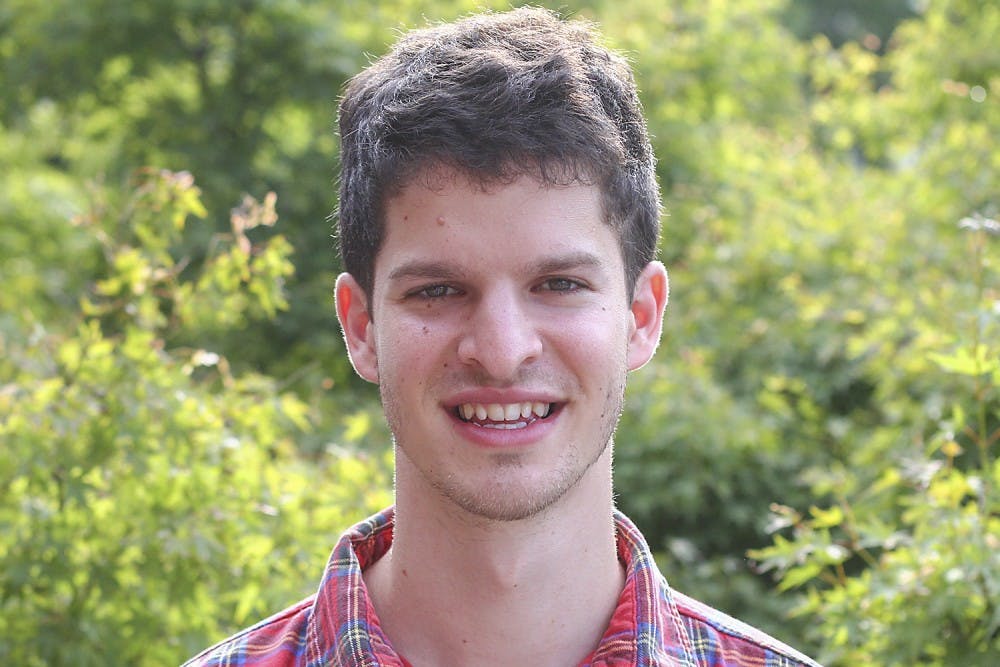I n 2011, I joined voters in Durham and enthusiastically approved the half-cent tax ballot to raise funds for light rail transportation. The following November, Orange County voters approved funding, and plans were drawn for a 17-mile rail from UNC Hospitals to East Durham. Spearheaded by Triangle Transit, the project is expected to be completed in 2025.
The plan looks great on paper. Transport experts say a light rail system in the Triangle will relieve congestion in a metropolitan area set to add a million people in the next 20 or so years, and provide a desperately needed and environmentally friendly alternative to automobile travel.
Without proper planning, though, the benefits of light rail could come with significant negative trade-offs.
Massive urban transportation systems in the Triangle have a history of destroying communities in the name of efficiency. As part of the process of urban renewal, Durham pushed to destroy sections of the city deemed obstacles to economic progression. A major part of this process was construction of highway N.C. 147, connecting downtown Durham to the burgeoning Research Triangle Park and downtown Raleigh.
The Hayti neighborhood was cut in half by the freeway. With its network of thriving businesses and residents, it was one of the most vibrant historically black communities in the South. After it was destroyed to make room for the freeway, the area struggled to recover its vitality.
Light rail, and the gentrification it accelerates, threatens to become the modern equivalent of the Durham freeway.
According to Indy Week, land values near light rail stations could rise between 700 and 900 percent. The final station on the line is proposed to be built in East Durham. Most residents would be forced out of their homes by the rent hikes. Such has been the case in Charlotte, where there is almost no affordable housing along the light rail transit line.
Fortunately, Triangle light rail is not doomed to the same fate. Activists have been organizing around the issue, and the Durham City Council has ensured that 15 percent of housing half a mile away from each station must be affordable. Although this policy does not go nearly far enough to protect communities, it proves that citizens can still assert their influence.




